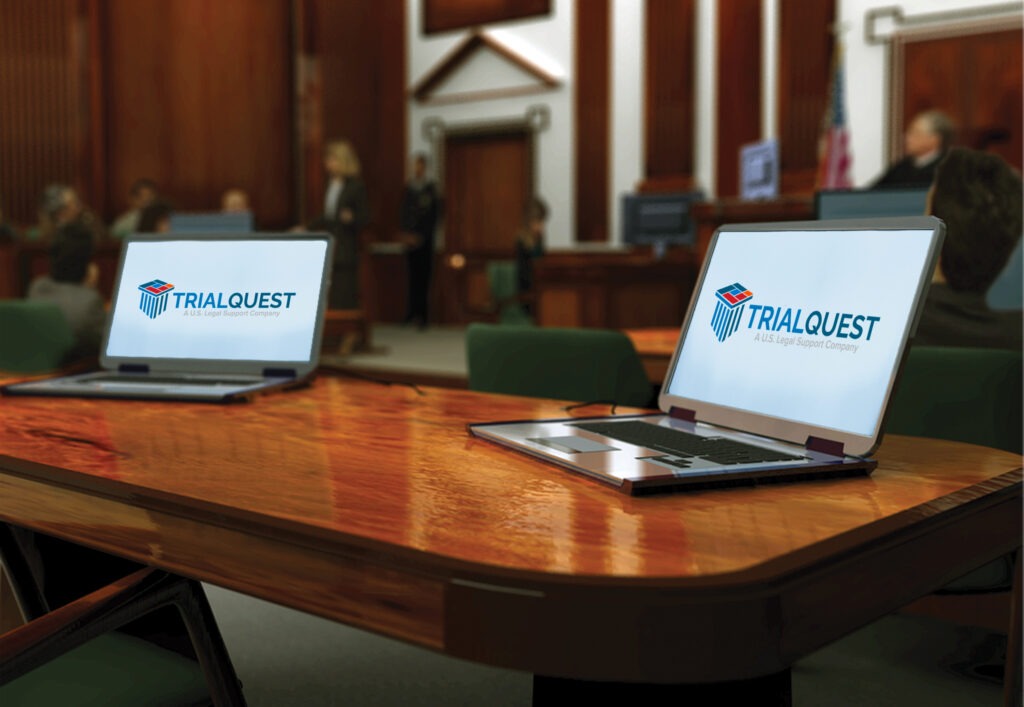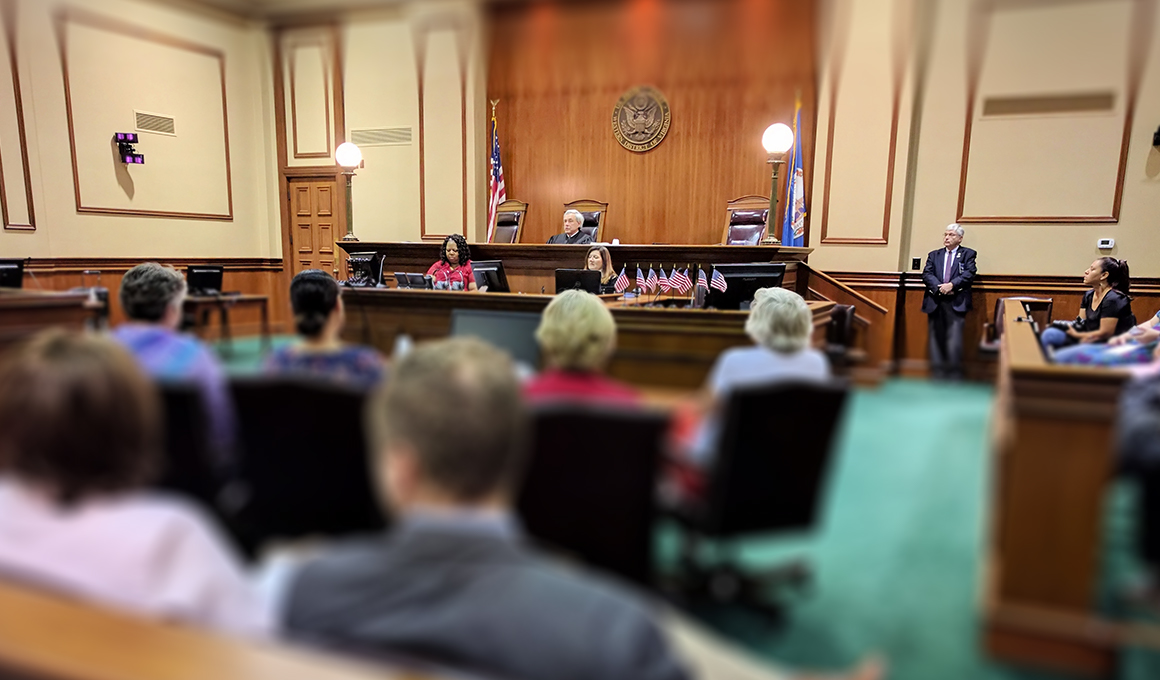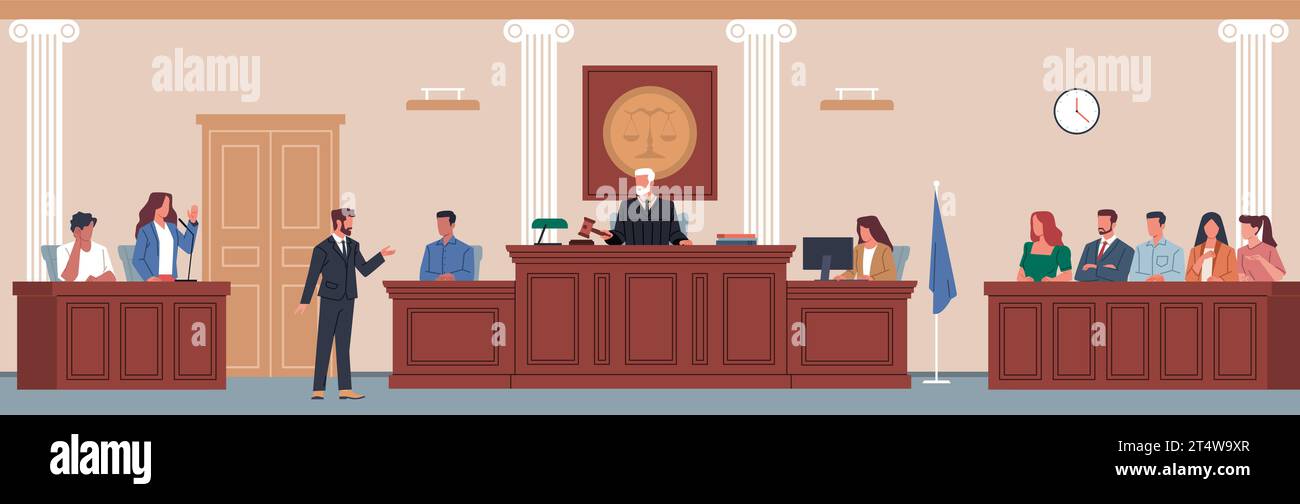Law firms rely on powerful trial presentations to present evidence clearly.
Law firms rely on powerful trial presentations to present evidence clearly.
Blog Article
How Trial Presentations Enhance Your Argument and Persuade Jurors
Trial discussions offer as a pivotal mechanism for enhancing legal arguments and persuading jurors. By integrating visual help, narrative frameworks, and psychological involvement, lawyers can create a compelling instance that resonates on numerous levels. The tactical usage of visuals not just clears up complicated info but also records jurors' focus better than words alone. Nevertheless, the art of storytelling plays an equally crucial role in changing accurate evidence into an engaging story, shaping jurors' perceptions - trial presentations. Understanding these components can substantially impact test results, raising the question of how each part adds to this elaborate dynamic.

Value of Aesthetic Aids
Aesthetic help play a vital function in improving the effectiveness of test discussions, as they can substantially enhance audience engagement and retention of details. In the context of a test, where jurors are charged with handling facility info, visual help serve to streamline and clear up crucial points. Charts, charts, and images can convey information and ideas that may or else overwhelm or puzzle jurors, allowing for an extra simple understanding of the evidence provided.
Furthermore, visual aids help in keeping juror interest throughout the proceedings. By damaging the dullness of verbal statement, these tools can punctuate critical debates, making them much more unforgettable. Effective aesthetic aids can also evoke psychological feedbacks, which can be essential in persuading jurors to straighten with the presenter's narrative.

Crafting Compelling Narratives
An engaging narrative is crucial in trial discussions, as it functions as the backbone of efficient persuasion. It permits attorneys to weave together realities, proof, and emotional aspects right into a systematic story that resonates with jurors. This narrative framework makes it possible for jurors to understand the complexities of the situation while leading them through the attorney's debate.
To craft a compelling narrative, lawyers should concentrate on clarity and coherence. This entails developing a clear lead character-- typically the customer-- and detailing their journey through the occasions concerned. Providing the realities in a logical sequence improves understanding and maintains engagement. In addition, the use of vibrant summaries can develop mental images that assist jurors envision the events, making the narrative much more remarkable.
Furthermore, integrating vital styles throughout the presentation reinforces the core message and aids in retention - trial presentations. The story should not just communicate information but browse around here additionally evoke a imp source feeling of justice, highlighting the risks involved. Ultimately, a well-constructed story fosters a connection between the jurors and the instance, positioning the lawyer's argument as both credible and compelling, thus increasing the possibility of a desirable decision

Engaging the Court Emotionally
Efficient jury involvement depends upon the attorney's capability to get in touch with jurors on a psychological level. This link can substantially impact jurors' assumptions and their supreme decision-making. Making use of sob stories allows lawyers to humanize the case, changing abstract legal ideas right into relatable experiences. By providing real-life stories or testimonies, attorneys can stimulate compassion and empathy, fostering a deeper understanding of the issues at risk.
Visual help, such as photos or video clips, can better enhance emotional engagement, supplying jurors with dazzling representations of the instance's human elements. Crafting a narrative that highlights the battles and accomplishments of the people involved guarantees that jurors see past the lawful debates and recognize the human repercussions of their choices.
In addition, tone and body language play a critical role in conveying emotion. A lawyer's enthusiastic distribution can resonate with jurors, strengthening their psychological investment in case. It's vital to stabilize sob stories with factual evidence, making sure that jurors really feel compelled to act while remaining grounded in the truth. Ultimately, an emotionally involved jury is more probable to be persuaded, making emotional connection a crucial element of efficient trial presentations.
Structuring Your Presentation

The body of the discussion must be practically segmented right into bottom lines, each sustained by engaging evidence. It is advantageous to use narration techniques to weave facts right into a story that jurors can quickly comply with. Aesthetic help, such as charts and videos, can boost understanding and interaction, helping to highlight critical items of evidence.
Real-World Study
Analyzing real-world case researches offers indispensable insights right into the art of trial discussions and persuasion. For instance, the spots case of "O.J. Simpson v. Individuals of California" shows how aesthetic aids and engaging narratives can guide jury assumptions. The defense group effectively utilized a technique that incorporated prominent specialist statements with multimedia discussions, which captivated jurors and inevitably affected their decision.
An additional remarkable example is the "McDonald's Coffee Situation," where the complainant's lawyers utilized graphic photos of the injuries sustained by Stella Liebeck. trial presentations. This plain aesthetic proof played an important duty in conveying the seriousness of her burns, bring about a significant jury award. Such situations demonstrate that impactful trial discussions often rest on the effective integration of visuals and storytelling to evoke emotional reactions from jurors
In addition, the "Casey Anthony Test" highlighted the importance of narrative coherence and reputation. The prosecution's failure to develop a compelling timeline lessened their influential power, emphasizing the need of a well-structured discussion. Examining these instances discloses that successful test presentations require strategic preparation, psychological involvement, and the capacity to resonate with jurors' worths and beliefs.
Final Thought
Test presentations dramatically enhance debates and persuade jurors with the tactical use of aesthetic aids, compelling stories, and emotional interaction. A well-structured discussion balances psychological allures with factual proof, inevitably resonating with jurors' worths.
Report this page